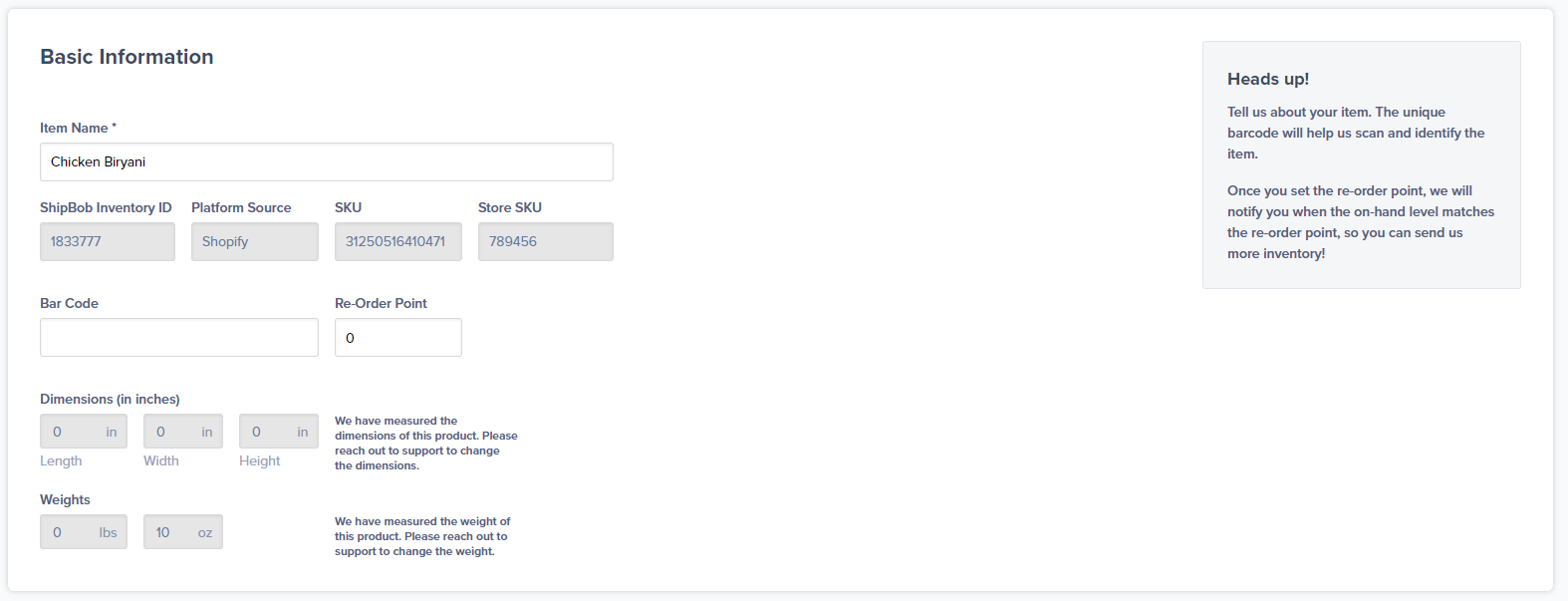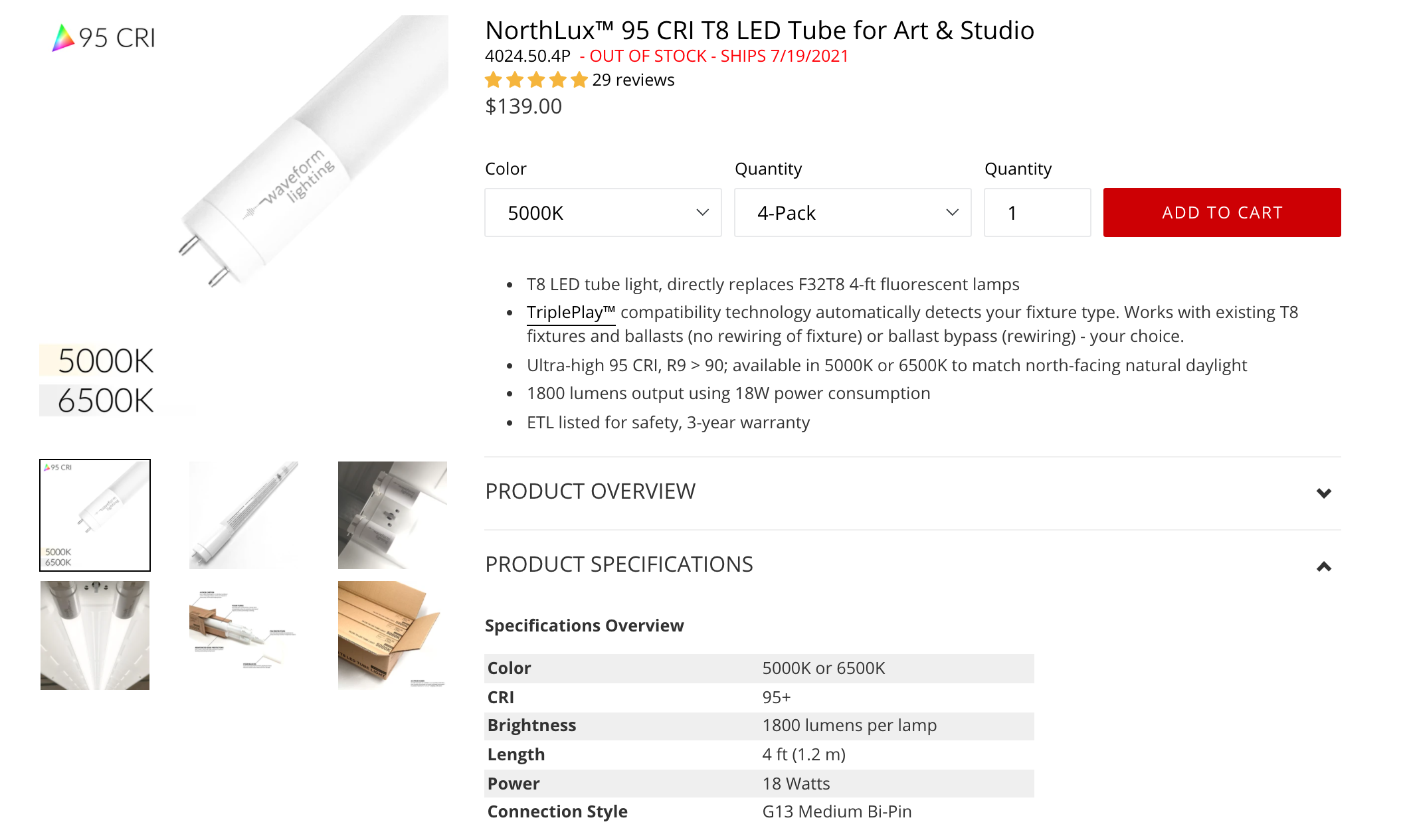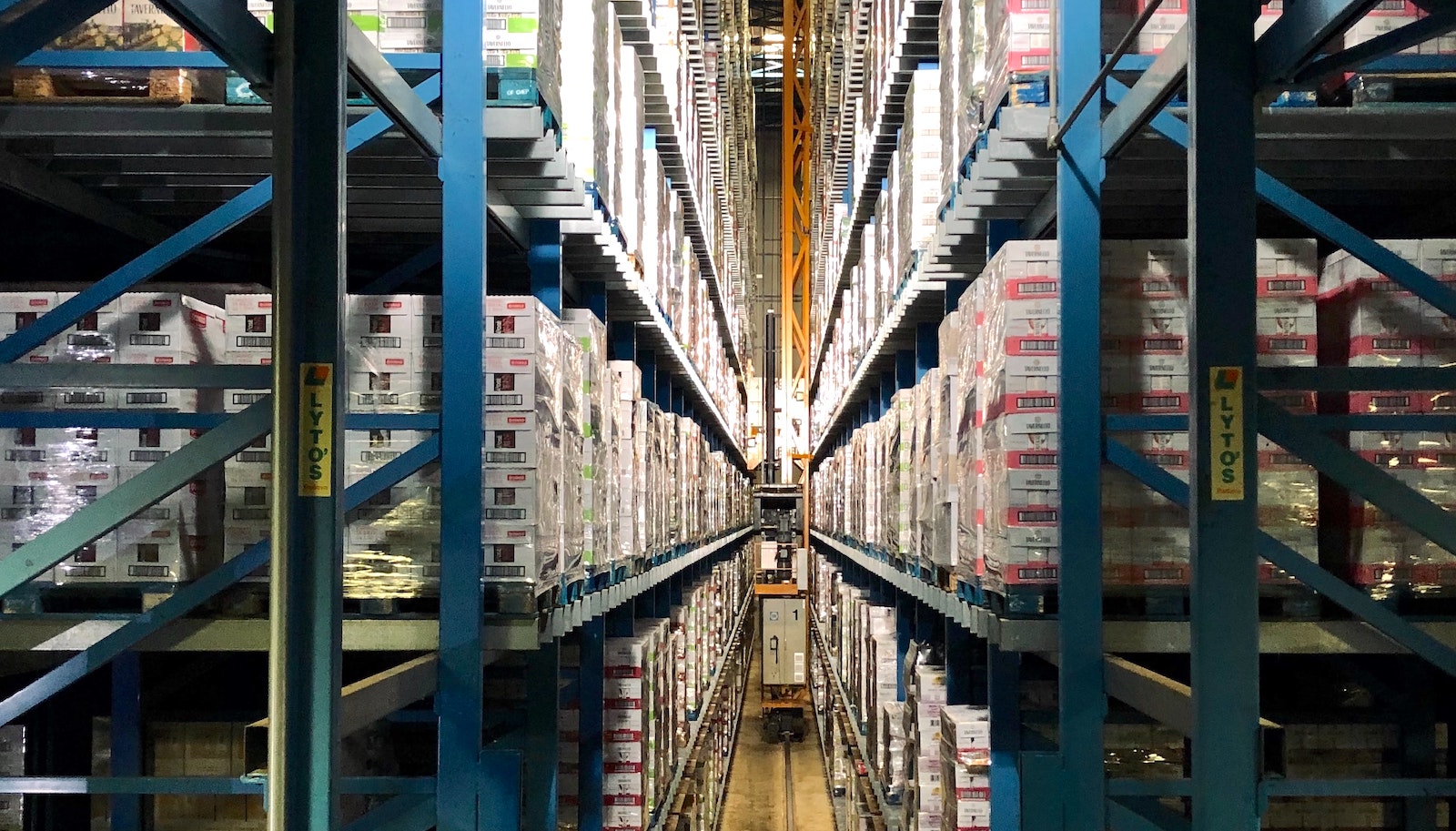Table of Contents
** Minutes
Ecommerce catalogue management: why does it matter?
7 ecommerce catalogue management challenges and solutions
Tips to improve your ecommerce catalogue management
When you think of catalogue management, do you picture a glossy JC Penny paper booklet full of ~trendy~ new clothing that came in the mail?
While the days of cheesy poses by unknown fashion models may be mostly long gone, catalogues in the context of ecommerce today are a lot more functional than fashionable.
And while you might not have a catalogue as large as SkyMall, it’s just as important to manage your products this way, so you can expand your product line, attract the right customers, and spend less time on managing your inventory.
In this article, we’ll go over best practices on how to efficiently manage one or more product catalogues to increase sales and streamline inventory management.
What is catalogue management?
For ecommerce, catalogue management is the process of ensuring that your product database is organised, structured, and up-to-date across all online sales channels.
Catalogue management is a vital component of building an online brand because it helps customers find what they’re looking for and feel comfortable making a purchase based on the information provided.
For ecommerce logistics purposes, it helps merchants manage product catalogues for different audiences and track inventory across multiple channels.
Product catalogues for online stores include information such as colour options, prices, sizes, country of origin, materials, and more, though different types of products require different details and information.
Ecommerce catalogue management: why does it matter?
Online sales continue to grow as customers become more accustomed to shopping (for everything!) online.
Though online shopping provides convenience, it is harder to make purchasing decisions, especially when it comes to apparel, makeup, or home furnishings — items that must be a specific size, colour, fit, or material
That’s why it’s important to ensure customers are given as much detail as possible, so they feel comfortable making their purchase.
Poor catalogue management can lead to inaccurate product information (or a lack of information). Unavailability of product information can result in less sales; customers might feel hesitant to purchase, whereas inaccuracies can cause a higher volume of returns.
Additionally, catalogue management helps improve your online store as it makes it much easier to upload product information to your product pages and automatically organise it all.
For instance, if a customer is shopping for an electric mixer in a specific colour, you want to make sure you display all the colour options available. With proper catalogue management, the process of uploading new items with detailed information is much more efficient.
Lastly, if your online brands offer B2B ecommerce services, then having an accurate and streamlined product catalogue helps attract the right suppliers and retailers.
7 ecommerce catalogue management challenges and solutions
The more products you sell, the harder it is to manage an accurate ecommerce product catalogue.
But there are several solutions to common challenges that help simplify the process.
Here is an overview of the most common catalogue management challenges and how to solve them.
1. Selling across multiple sales platforms
Between your online store, Amazon, Facebook, and other sales platforms, selling your products across multiple sales channels can be difficult to keep up with.
Different sales channels might include their own specific compositions of your product information. You will have to remember which channels require what information and how customers view product details.
You will also have to ensure consistency of product information across all channels.
Solution: implement inventory management software
An inventory management system makes it easier to organise available products, and categorize and organise items by similarities. It also makes it much easier to track inventory across different sales platforms.
There are several inventory management solutions on the market. Large, established brands often implement an ERP inventory system, but it can be costly.
However, partnering with a tech-enabled 3PL like ShipBob offers fulfilment services and the tools you need to organise SKUs, track products across channels, and collect data on past historical inventory trends to not only streamline your product catalogue but to also automate time-consuming inventory management tasks (i.e., manual tagging or bulk updates for large catalogues).
2. Building trust with customers
Proper online catalogue management ensures customers can find what they need. For instance, if a shopper searches for a red blouse only to stumble upon a black blouse on your online store, you miss out on a potential sale.
Furthermore, some shoppers are unsure of what they intend to buy when navigating through products online. The inability to freely navigate through a store’s online catalogue can make it harder for customers to find what they’re looking for based on the product category (e.g., pants) or specific detail (e.g., size 7).
Solution: create a good user experience
Shopify shows that when customers searched for a product, they were 1.8x more likely to add to cart.
A great user experience is one of the best ways to build trust with your customers, help them find what they’re looking for, and keep them coming back.
With accurate product information that is easily searchable, customers can navigate through your online store and stumble upon the perfect item to add to their cart.
3. Lack of consideration for different audiences
Some ecommerce businesses have multiple catalogues for different audience, such as one for direct-to-consumer orders and another for B2B.
A common mistake is not considering the audience of each catalogue. As a result, the information across catalogues is too similar. This can cause issues, especially if you want to display bulk pricing only for B2B customers.
Ensuring that you display the right information for different types of catalogues based on the audience is critical.
Solution: keep the customer in mind
The best way to streamline different product catalogue based on different audiences is to consider all audiences when curating a catalogue, and set it up that way in your ecommerce platform.
Then, by implementing inventory technology to automatically display the right details and information for each audience can help eliminate manual work and improve accuracy and consistency.
4. High return rates
Poor product catalogueing can lead to more ecommerce returnsand losing out on building brand loyalty.
Returns are inevitable, but if the reason there is influx in returns because product information was inaccurate or not detailed enough, then there is an opportunity to make catalogue management improvements to increase sales.
Solution: stick to consistent product catalogues
Always be consistent with product catalogues using clear descriptions that give your customers all of the information they need.
If you utilise product images, be sure to link the correct image to the product to avoid errors. Also consider the type of product you sell and key buying considerations. For example, furniture should always display weight, material, and dimensions, while food items should always display ingredients.
5. Standardizing product catalogue management
Retailers with a strong product catalogue management system can make it easy for brands to attract different audience segments, such as B2B buyers and other types of customers, by automatically organising and categorizing different products available to certain audiences and display the right information accordingly.
Without a standardized catalogue management process, expanding your business with new product lines or sub-brands can be a challenge, and you’ll be spending all your time and effort manually organising products for different audiences and sales channels.
Solution: implement a PIM system
Using a product information management (PIM) system will streamline your product catalogue and standardize data to suppliers. It organises product data into one centralised space, eliminating a chaotic hub of information.
Additionally, the PIM system quickly uploads your information across all sales channels, allowing it to be easily accessible across different audiences. A PIM system is a powerful tool that can integrate with other inventory management solutions,, which can enhance your tech stack and streamline product data and information all in one place.
6. Inaccurate product tags
Product tags used on a store’s website help identify the product by type so it can easily be searched for and found on your online store.
It also helps with internal efforts, such as tracking inventory at the SKU level across channels and in distribution centres.
With improper catalogue management, product tags will be inaccurate, causing internal inefficiencies and displaying the wrong information for customers.
Solution: create a product tagging system
Most of the major ecommerce platforms, such as Shopify, WooCommerce, and BigCommerce, allow you to tag products as you add them to your online store.
With all of your tags in one centralised location, it streamlines the process of updating your online catalogues. This allows your customers to easily browse and find the properly tagged items, and enables better inventory control, so you can enhance logistics operations.
7. Poor SKU reorder points and management
Having poor SKU managementcan lead to a number of inventory issues that go beyond product catalogueing, such as stockouts.
Without easily tracking inventory by SKU number, it makes it difficult to track which items need to be reordered, where to store certain items based on demand, and ensuring the information displayed online is accurate across channels.
Solution: automate reorder point notifications and management
For each product you sell, you should pay attention to real-time inventory counts and set up notifications that alert you when they fall below a certain threshold so you don’t risk you running out of stock. With this easy process, you never have to worry about running out of your most high-demand products.
ShipBob’s built-in inventory management tools allow you to access inventory data to decide on the best time to reorder more inventory and create reorder points that notify you when SKUs have reached their predetermined low levels.
“ShipBob’s analytics tool is also really cool. It helps us a lot with planning inventory reorders, seeing when SKUs are going to run out, and we can even set up email notifications so that we’re alerted when a SKU has less than a certain quantity left. There is a lot of value in their technology.”
Oded Harth, CEO & Co-Founder of MDacne
Tips to improve your ecommerce catalogue management
Want to improve catalogue management and spend less time on logistics-related tasks?
ShipBob’s best-in-class fulfilment services and technology help you optimise your supply chain while spending less time and energy on managing inventory, organising storage, and shipping orders.
1. Personalise your product catalogues
Different types of products require different details and information. By personalising your product catalogues across your online store and multiple sales platforms, you’re able to display the right information, even for different audiences.
For instance, apparel sales are based on different colour options, sizing and fit, and where the item is manufactured. But lighting products need specifics on installation, brightness, and different use cases.
ShipBob makes it easy for you to add, update, and remove SKUs all from a single dashboard using the Product Details page.
You can also optimise fulfilment by setting packaging preference for each SKU, set a default action for returns, and even add customs information for international shipping.

“We roll out new products and designs on our website 1-3 times a month and send new inventory to ShipBob each week. It’s really easy to create new SKUs and restock existing ones using ShipBob’s technology, which is especially important with high inventory turnover.”
Carl Protsch, Co-Founder of FLEO
2. Implement a warehouse management system
A warehouse management system (or WMS) aggregates inventory data and provides supply chain visibility within a fulfilment centre.
A WMS is essential especially as you expand into multiple fulfilment centres. If you partner with a third-party logistics (3PL) provide like ShipBob, their WMS allows you to:
- Manage SKUs.
- Upload photos and descriptions to improve order accuracy.
- Bundle products.
- Track inventory levels in real time.
- View inventory performance across your distribution network ..
- Leave retail fulfilment and ecommerce warehousing up to the experts.
“We have a Shopify store but do not use Shopify to track inventory. In terms of tracking inventory, we use ShipBob for everything — to be able to track each bottle of perfume, what we have left, and what we’ve shipped, while getting a lot more information on each order. The analytics are super helpful.
We download Excel files from the ShipBob dashboard all the time and use them to analyse everything from cancelations, to examining order weights, to checking on whether ShipBob is shipping orders on time.
Even the way their warehouse receiving orders (WROs) work for sending inventory is very straightforward.”
Ines Guien, Vice President of Operations at Dossier
ShipBob’s international fulfilment network is powered by the same WMS, which enables real-time inventory tracking across the globe.
With ShipBob, you can manage, organise, and update inventory at the SKU level, and add specific attributes and different information (including product images) to enable accurate and fast fulfilment.
3. Regularly audit your inventory
Conducting regularinventory audits ensures that the products you display as available online match the actual inventory in stock. If a product is out of stock, you want to update your product page to avoid backorders or selling an item that won’t be replenished.
Inventory audits also help you find the inefficiencies, such as stocking too many slow-selling items and inventory shrinkage (when actual inventory levels don’t match accounting records).
Below is a great example of an ecommerce brand that displays product information in an organised fashion. Waveform Lighting offers a wide range of quality lighting that offer variations in brightness, sizes, and installation requirement.
To support their inventory management process, they utilise ShipBob’s Inventory API to track inventory across channels. This allows them to properly manage, track, control, and audit inventory, so that product information is accurate and consistent.

“Due to lighting products being so complex, having an extra layer of control before things get sent to ShipBob through their API is very helpful.
We also utilise ShipBob’s Inventory API, which allows us to programmatically retrieve real-time data on how many units of each product are currently stored at ShipBob’s warehouses.
We currently use this API to generate custom reports to tie this inventory data into our accounting platforms.”
Streamline inventory with ShipBob
Outsourcing fulfilment to ShipBob makes it much easier to track inventory across all channels, so you can spend less time on time-consuming inventory tasks and more time focusing on growing your business.
“Our store is on WooCommerce, which integrates well with ShipBob. I loved how easy it was to set up my products in the dashboard for all SKUs (our box, pouch, marketing insert, etc.).”
Leonie Lynch, Founder & CEO of Juspy
Along with order fulfilment services, ShipBob’s premium technology comes with built-in inventory management tools, so you can track inventory in real time, manage and update SKUs, view inventory performance across your sales and distribution network, and much more.
Learn how ShipBob can help you grow your business. Get the conversation started by requesting a quote.
Catalogue management FAQs
Here are the top questions people have about catalogue management.
What is catalogue management in ecommerce?
In ecommerce, catalogue management is a strategic process that ensures the organisation and oversight of product listings across sales channels. This streamlines the process of uploading details and data to the proper channels, as well as encourages an organised catalogue system and ensures enough information to build trust with customers and increase sales.
Can you outsource catalogue management?
Much of the process surrounding catalogue management is labourious and time-consuming, and you may not have time to juggle this with running your business. There are plenty of catalogue management software and tools out there to help, and you can always get help from other or hire a part-time person. Finally, 3PL companies, like ShipBob, offer fulfilment services and inventory management tools that reduce manual work and makes it easy to add, update, and manage SKUs across channels to manage inventory and shipments.
How does catalogue management work?
There are a few facets of catalogue management that aim to organise and streamline high-quality and consistent product details across all channels. Catalogue management is a vital component of building an online brand because it helps customers find what they’re looking for and feel comfortable making a purchase based on the information provided.
You can implement a PIM system (product information management), which organises your product data into one centralised location. This easily allows you to upload all product information to your sales channels. Another way is to keep the customer in mind. Organise your catalogue based on the targeted audience instead of repeating the same information to multiple different audiences.



